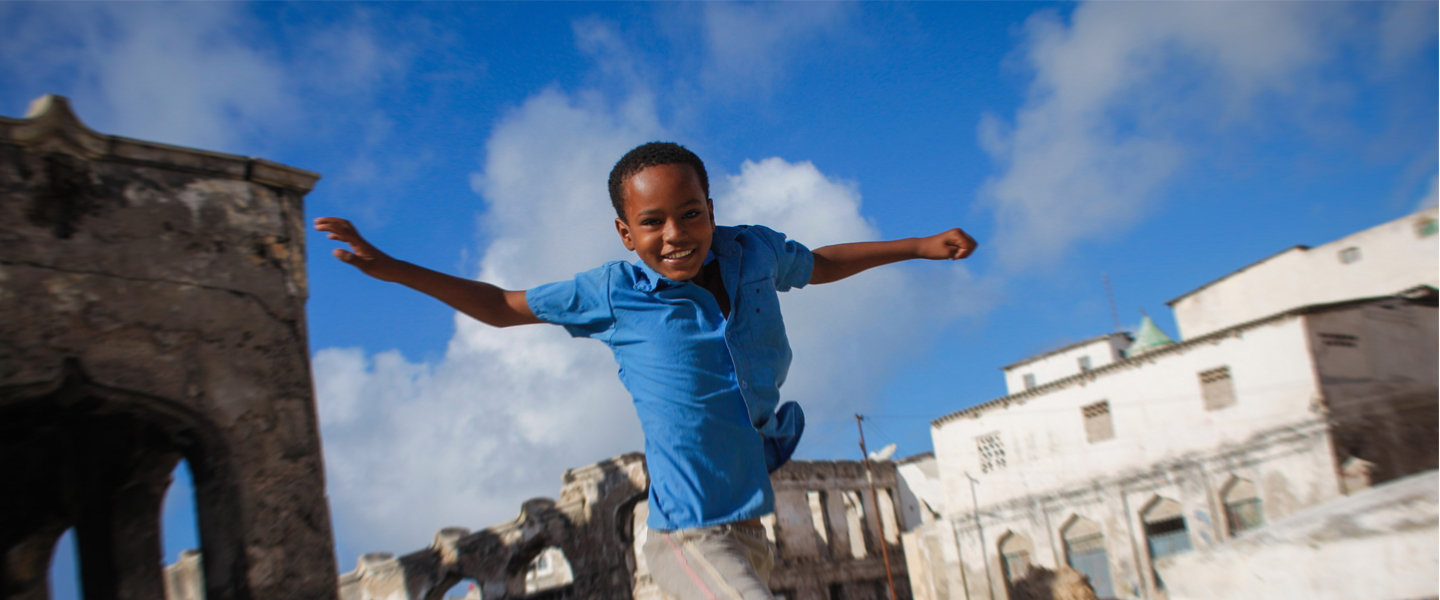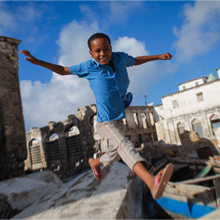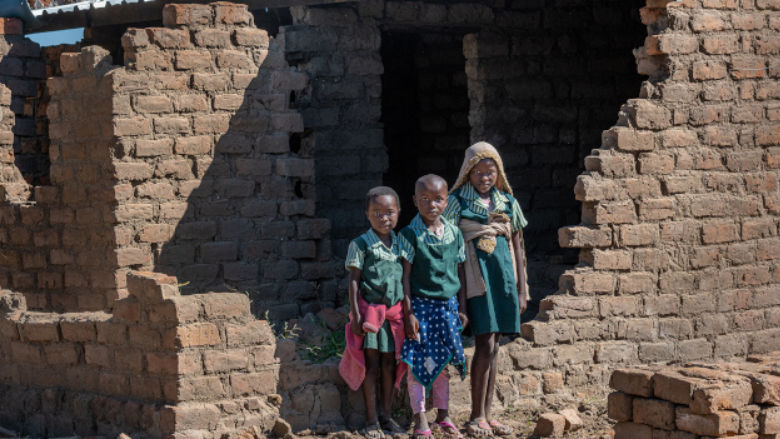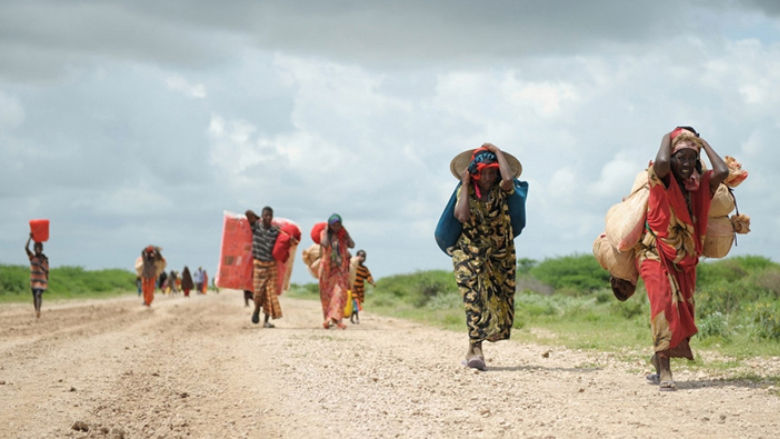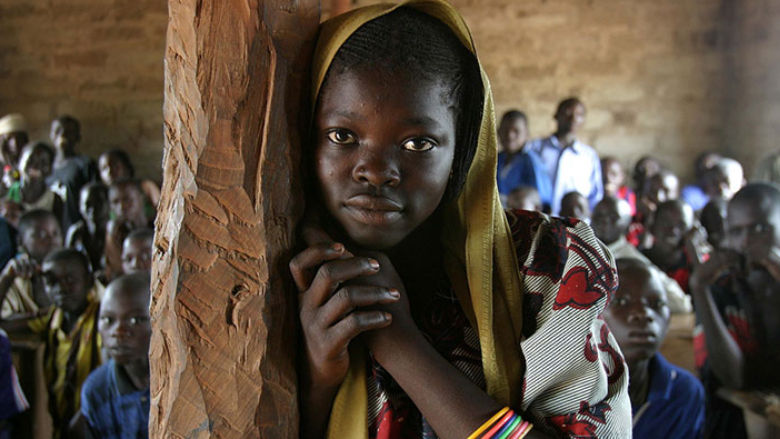As an institution born in the aftermath of World War II, reconstruction and development to foster stability is part of the World Bank’s core expertise. Responding to an increasingly complex fragility landscape, the World Bank is taking a broader approach to FCV that aims to address sources of instability and build resilience. The World Bank has remained engaged during active conflict, and in countries going through recovery and transition.
FCV remains a priority for the World Bank under the International Development Association’s (IDA) 21st replenishment round concluded in December 2024. IDA21 financing will focus on mitigating FCV drivers and building resilience through better crisis preparedness and response. Special IDA resources will support countries at every stage of the conflict cycle: preventing conflict escalation, staying engaged during crises, and creating development opportunities for refugees and host communities.
The World Bank Group’s 2020-2025 strategy to address the drivers of FCV in affected countries and their impact on vulnerable populations aims to contribute to peace and prosperity.
Our support builds on our analysis and strategy in each county affected by FCV, where we are committed to:
- addressing the root causes of fragility before they escalate into conflict;
- remaining engaged in crisis situations to preserve human capital and key institutions;
- strengthening the social contract between citizens and the state;
- ensuring inclusion of the most vulnerable and marginalized.
The mid-term review of the strategy, published in the 2024 fiscal year, concluded that we engaged in conflict situations—Afghanistan, Haiti, the Sahel region, Somalia, South Sudan, Ukraine, and Yemen—to deliver basic services to people and protect institutions and development gains. We made significant progress in helping countries include refugees in their development priorities —expanding access to jobs, infrastructure, and services for refugees and their host communities. We also identified some challenges, including the need to become more effective in prevention and resilience by anticipating and responding to challenges earlier and better.
Since 2019, the world has become more unstable with multiple crises in low and middle-income countries, rising numbers of displaced people, volatile geopolitics, and smaller aid budgets.
To address these challenges, we are reexamining our approach to better deliver on our core development mandate: strengthening governance and economic institutions, investing in human capital and public infrastructure, ensuring basic services, and catalyzing private investment for job creation and economic opportunities.
Trust funds are important funding sources supporting the World Bank’s effectiveness in the most insecure environments.
The State and Peacebuilding Umbrella Trust Fund (SPF) is the World Bank’s leading global trust fund supporting implementation of the FCV Strategy. SPF finances innovations that enhance and expand the frontiers of World Bank engagement in helping countries address the drivers and impacts of FCV and strengthen sources of resilience. By the end of 2024, the fund had financed 65 grants, in 43 countries with a total fund value of $69.1 million. The SPF is generously supported by Denmark, France, Germany, the Netherlands, Norway, Sweden, Switzerland, and the World Bank (IBRD).
To help middle-income countries address the refugee crisis, the Global Concessional Financing Facility (GCFF), established in partnership with the UN and Islamic Development Bank and administered by the World Bank, has so far provided more than $987 million in grants to leverage over $7.9 billion in concessional financing. These grants are benefiting Syrian refugees and their Jordanian and Lebanese host communities, promoting job creation and expanding vital public services and infrastructure. They are also supporting the needs of Venezuelan nationals who fled an ongoing crisis at home, and of their host communities in Colombia and Ecuador.
To deliver, the Bank is deepening its knowledge and expanding its “toolkit” for FCV. This includes:
- Risk and Resilience Assessments: serve as the basis for country engagements and inform the preparation of the Systematic Country Diagnostics (SCD) and Country Partnership Frameworks (CPF). They also aim to address significant risks and shocks of different kinds.
- Recovery and Peacebuilding Assessments: provide a platform to help governments and their international partners identify, prioritize and sequence recovery and peacebuilding activities and coordinate support for planning and implementation.
- Forcibly Displaced Flagship Study: examines available data to better understand the scope of the challenge and suggests a development approach that supports both refugees and host communities with long-term solutions.
Collaboration across WBG is vital for catalyzing private investment and job creation in FCV settings. Supporting sustainable investments in fragile and conflict-affected situations (FCS) is a priority for the International Finance Corporation (IFC). These economies need investments that will create jobs, spur economic growth, generate tax revenues, rebuild infrastructure, and create hope for their people. Among Development Finance Institutions, IFC is leading in this space, investing and mobilizing nearly $14 billion in FCS over the last decade. IFC also provides advisory support to help develop a pipeline of sustainable investments in these contexts. IFC has pledged that, by 2030, 40 percent of annual commitments will be in IDA-eligible and FCS countries. In the fiscal year 2024, IFC invested $7 billion in FCS.
In fiscal year 2024, the Multilateral Investment Guarantee Agency’s (MIGA) support to FCS was $945 million or 12 percent of the gross guarantees issued, covering eight projects across five countries including the Democratic Republic of Congo (DRC), Ethiopia, Kosovo, Somalia, and Ukraine. Between the fiscal year 2016 and fiscal year 2023, MIGA supported over 19,000 direct jobs in FCS.
IDA provides resources to help IFC and MIGA support investments in FCS, to create jobs, build infrastructure, and develop markets. IDA is helping IFC and MIGA support private sector investments in FCV countries through its Private Sector Window, so that every $1 invested enables over $5 of commercial investment.
Last Updated: Apr 22, 2025
